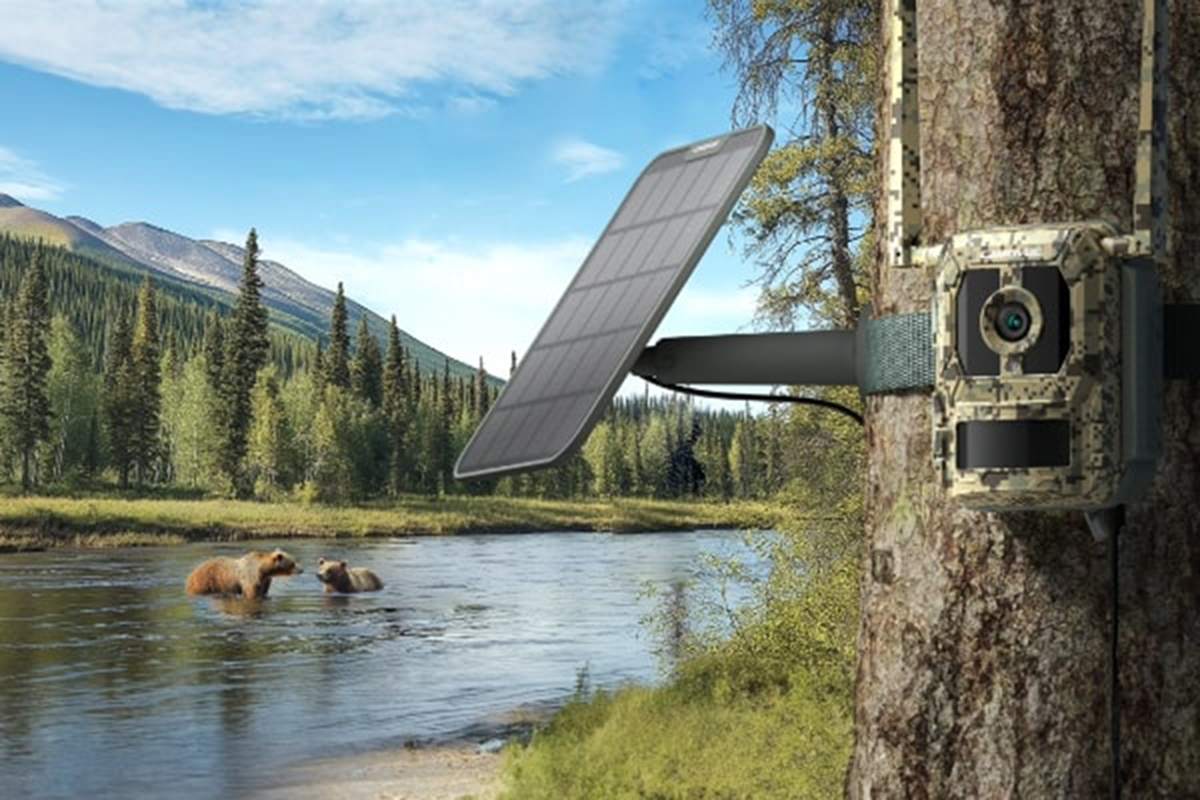Solar-Powered Cellular Camera: Key Features to Check
If you’re thinking about getting a solar power cellular camera, there are lots of details to look at. Below, we go through the key ones. Make sure to check if the camera has these features:
Solar Panel Capacity: This tells you how much power the panel can generate. Usually, it’s measured in watts. A higher capacity means the camera stays on longer without interruptions.
Battery Capacity: The battery’s capacity is shown with an “aH” at the end. It tells how much current the battery can give & how long it lasts before draining.
Think of it like watt-per-hour voltage. Solar cameras need batteries with bigger capacities. Always check this before purchasing.
Data Transmission: This affects how fast your camera records & sends data. Faster speeds help you react quickly to break-ins or emergencies.
Image Resolution: A 1080p resolution is a good pick. It affects how sharp videos look on your phone. If the quality drops below that, details may be unclear. Even though 1080p is HD, it might not be crystal clear. Anything lower could make footage useless.
Design: Two main designs exist for these cameras. Bullet & Dome.
- Bullet: Designed for long-range viewing.
- Dome: Works better for wider-angle coverage.
Think about which design fits your space best.
Smart: A smart camera connects to your phone. This brings several advantages. You can check footage from anywhere & view data easily. Plus, alerts on your device let you respond right away.
PIR Motion Detect: PIR (Passive Infrared) helps detect motion. Some models use human detection software. This feature works with PIR to locate people in the area.
SD Card Storage: Many cameras rely on SD cards for saving footage. Data is usually encrypted for security. A larger-capacity card means more storage space. Cameras save big files, so choosing a high GB SD card is best.
Weatherproof Rating: Aim for IP66 or better. This level protects against rain & prevents electronics from getting damaged. If you live in an area with heavy snow or ice, choosing a higher rating is smart.
Ease of Installation: Solar panel cellular cameras are simple to set up. Fewer wires make installation easy. Just pair it with a compatible device—it won’t take long.
Top 3 Tips to Get the Best Performance from Outdoor Solar WiFi Cameras
Solar power input changes due to different factors. While some of these are out of your control, there are still useful tricks to improve how well your solar-powered wireless cellular cameras work at home or in business settings.
- Pick a spot with the most sunlight during daylight hours—such as the roof, wall, or fence.
- Position the solar panel toward true south (if in the northern hemisphere) or true north (if in the southern hemisphere) for maximum sunlight exposure.
- Keep the solar panel clean. Dust & debris can block sunlight, reducing power efficiency. Wipe it regularly to maintain performance.
Advantages of Using Solar Cellular Cameras
Why choose a solar cellular camera? These cameras offer all the regular benefits of a cellular camera—plus extra perks. Some key advantages include:
- Accurate video recording of your surroundings
- Two-way audio for sending alerts or speaking with visitors
- More security & peace of mind while away from home
Beyond these cellular camera features, you also get the convenience of a completely wire-free system. Since solar panels power the camera, there’s no need for wiring. You can check recordings online anytime, so removing the camera isn’t necessary. This saves time & effort, especially when installing cameras in high places.
